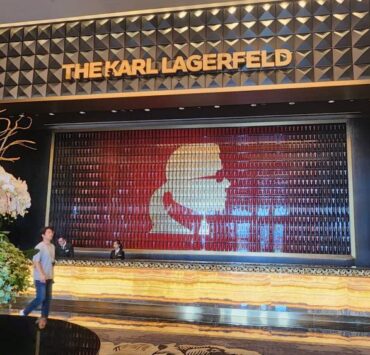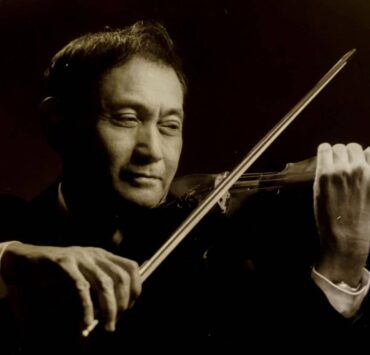How the ‘inabel’ became a diplomatic staple
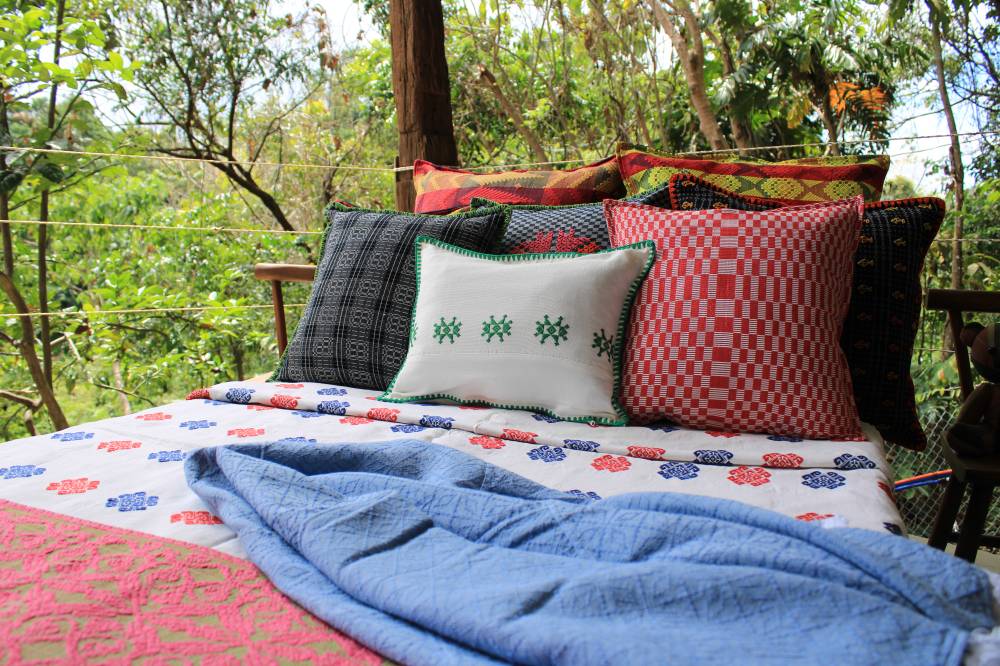
Once a common fabric used for bed covers, skirts and kimonas, inabel weaving in the Ilocos region has been transformed into highly sought-after, even luxury, items through Al Modesto Valenciano’s efforts.
His atelier/brand Balay ni Atong is known for its beautiful and unique textiles, showcasing the handwork of artisans from the Ilocos region in the Philippines. The products include patterned bed covers, embroidered pillowcases, scarves, patchwork stuffed toys, napkins, throws, table runners, totes and wrap skirts.
Valenciano is committed to preserving the weaving traditions of the region. He has observed that some practices have died out in certain areas, such as organic dyeing in Ilocos Norte. To address this, he sends cotton threads to Abra to be dyed and then returns them to the weavers in Ilocos Norte or Sur.
Inabel fabrics, which are typically produced in small panels, require multiple panels to create larger items like king-size bed covers. Valenciano has found a solution to this by sending the fabrics to Abra to be joined into blankets. Artisans from Abra and La Union then embellish the fabrics with their indigenous designs.
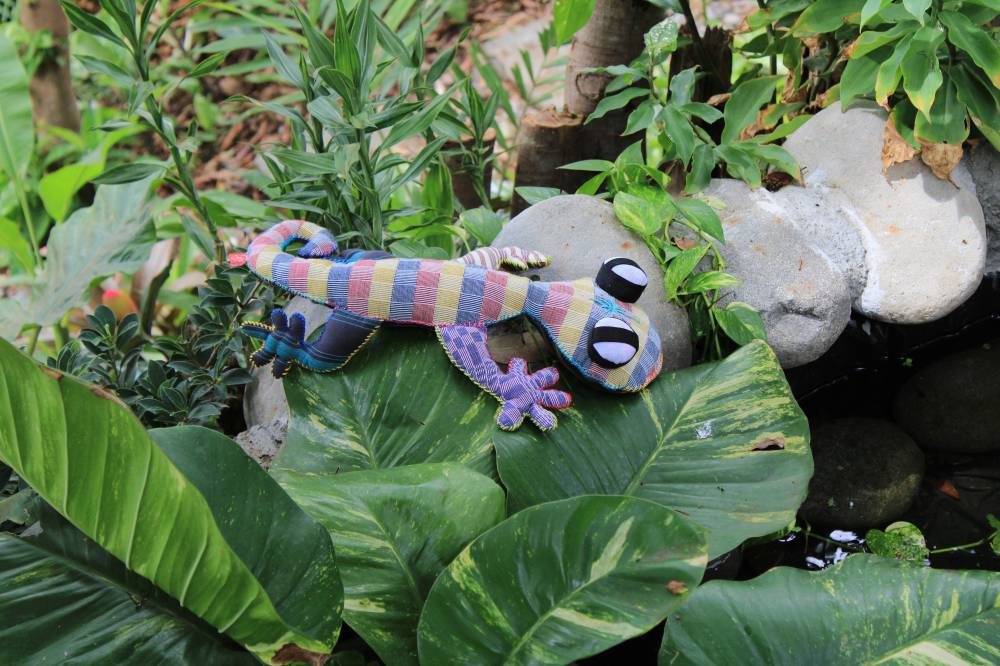
By working with artisans from different parts of the region, Valenciano has created Balay Ni Atong, a collaborative effort that has helped to preserve and promote the unique weaving traditions of the Ilocos region.
Immersion
Valenciano, a former certified public accountant, evolved into a social entrepreneur and style arbiter. Growing up immersed in the cultural tapestry of Laoag, Ilocos Norte, he developed a deep appreciation for the region’s traditions. When his mother relocated to La Union, the province’s central location allowed him to observe and compare various weaving practices across the Ilocos region.
Driven by his creative inclinations, Valenciano turned to painting, incorporating patterns inspired by the textiles he had grown up with. His interest in Ilocano weaving, particularly inabel, deepened when he became involved in Museo Ilocos Norte, conducting research for the ethnographic museum.
Intrigued by the inabel tradition, Valenciano embarked on a five-year study on weaving techniques at a local center in Ilocos. Upon completing his immersion, he recognized the economic necessity of selling the fabrics produced by the weavers. With encouragement from friends, he began selling inabel products, eventually establishing his enterprise, Balay Ni Atong, in 2009.
To enhance the marketability of inabel products, he worked closely with the weavers to refine their designs. He focused on improving color palettes, proportions and thread counts while preserving the integrity of traditional techniques. Additionally, he provided training in basic accounting principles to ensure the sustainability of the weavers’ businesses.
Definitive book
During the term of Ferdinand Marcos Jr. as Ilocos Norte governor, Valenciano collaborated with Liza Araneta-Marcos on Likha, a platform dedicated to promoting Ilocano products and fostering connections between local artisans and designers, chefs and entrepreneurs. Today, Likha has evolved into a national advocacy spearheaded by the first lady.
A cornerstone of Valenciano’s mission is the publication of the definitive coffee-table book, “Inabel: Philippine Textile from the Ilocos Region.” This comprehensive volume delves into the history and heritage of inabel, highlighting its diverse uses throughout the centuries. As Valenciano notes, inabel fabrics served as sails for galleons, blankets in hospitals and even military uniforms with the signature rayadillo (sun rays) patterns during the colonial period.
“Inabel” features contributions from renowned experts, including Norma Respicio’s essay on weaving types, Miko Manalo’s exploration of loom architecture, and Regalado Trota Jose Jr.’s insights into the history and economics of weaving. The manuscript and photography were supported by the Design Center of the Philippines, and the book was published by ArtPost Asia. “Inabel” was awarded the Book of the Year for Art in 2015 by the National Book Development Board.
In Marcos’ tenure as senator, Valenciano successfully secured a bulk order of inabel to support ongoing research and product development. Inabel has become a prestigious gift, presented to the wives of foreign dignitaries as a symbol of Filipino heritage and craftsmanship.
While inabel has gained widespread popularity, Valenciano cites the importance of correct use. He cautions against the misuse of inabel blankets for garments, as it can often appear stiff and unyielding. To address this issue, he encourages designers to collaborate closely with weavers and explore the use of lighter threads, ensuring that the inabel remains both beautiful and practical.
Silks from the north
Valenciano has been instrumental in introducing Philippine silk from the northern region. A study conducted by Mariano Marcos Memorial University revealed the suitability of La Union’s climate for mulberry tree cultivation, a key component of silk production. With the assistance of a Japanese consultant, local communities have begun rearing silkworms, although production quantities remain limited.
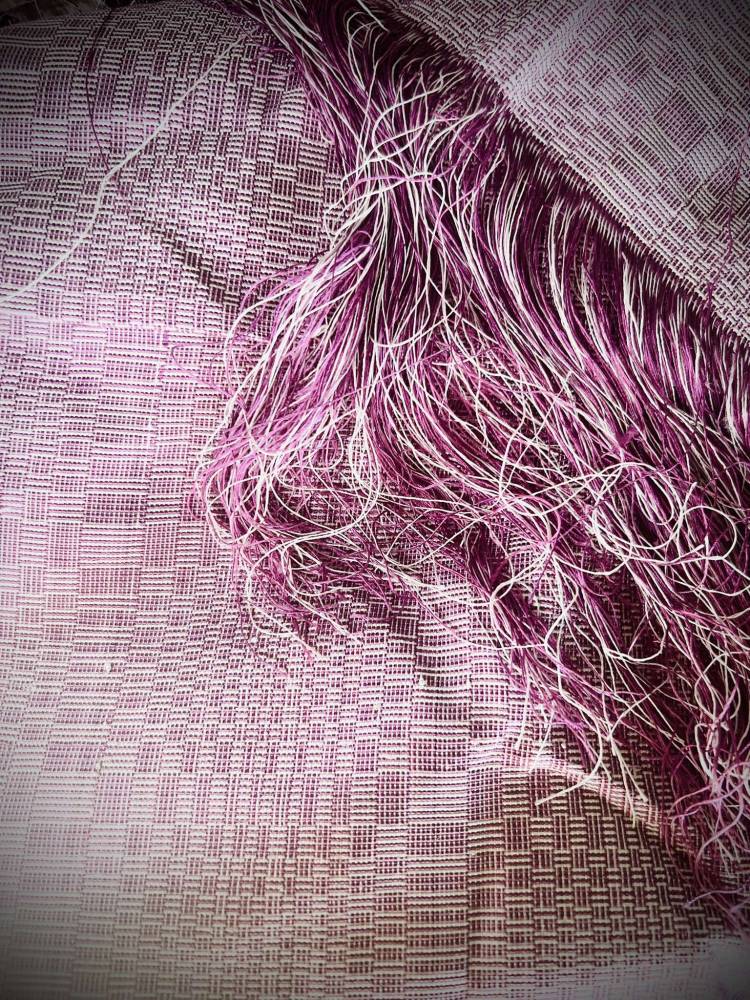
He cites the need for larger-scale production and processing facilities to fully capitalize on the region’s silk potential. The university plays a crucial role in processing silk fibers from cocoons and spinning them into threads. Balay Ni Atong further refines these threads, enhancing their softness and incorporating them into cotton Ilocano fabrics. Additionally, the atelier produces binakol (Op Art patterns) and brocades made entirely of silk. However, the quantities are limited due to the handcrafted nature of the production process.
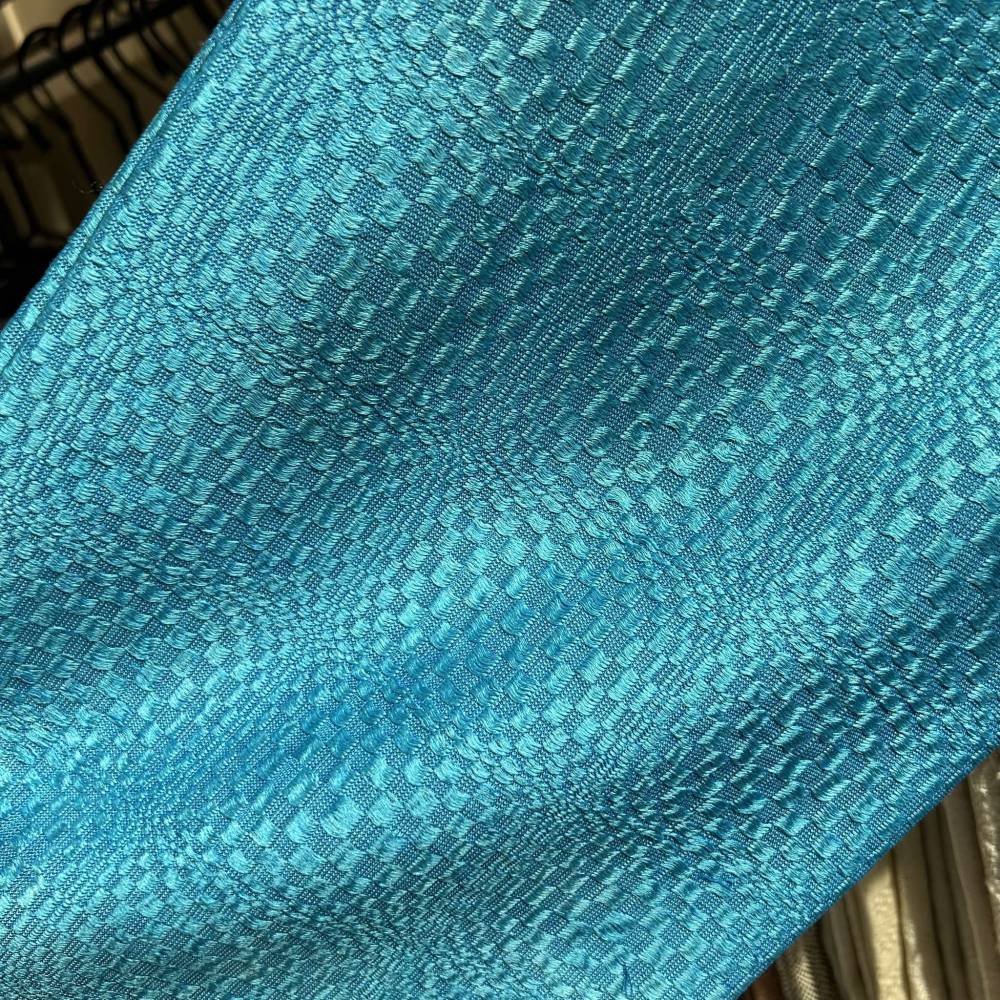
Balay Ni Atong has experienced significant growth, catering to affluent and corporate clients. During the pandemic, the weavers were supported by bulk orders from Solaire North for handwoven textiles as artworks.
The Banwa luxury resort ordered table linens, while boutique hotels in El Nido and even Pearl Farm in Davao have also embraced inabel bed covers, often paired with Maricris Floirendo-Brias’ t’nalak bed runners.
Valenciano’s dedication to preserving inabel has elevated the Philippines as a prominent player in sustainable home decor. His commitment to galvanizing local artisans ensures a thriving legacy.
Balay ni Atong will be an exhibitor at the Manila FAME Oct 17-19 at the World Trade Center. Visit balayniatong.com or @balayniatongshopon Instagram.














